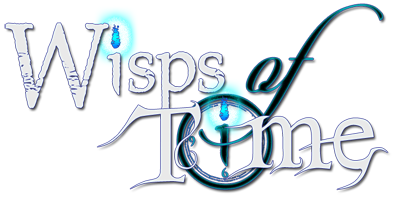So you read through the Rolling Solo series and learned how to engage in solitaire role-playing — great job! I hope you enjoyed it. But, if you were left asking yourself questions like “That’s it???” or “Now what???” or “Help!!!!?“, I don’t want you to think I’ve left you hanging. Wisps of Time got your back. But, what should I do now?? If I haven’t said it enough already: whatever you want! It’s up to you! But, if you’re like me and often want or need a little more direction when faced with such an open-ended response, I have some suggestions for you. First,…







